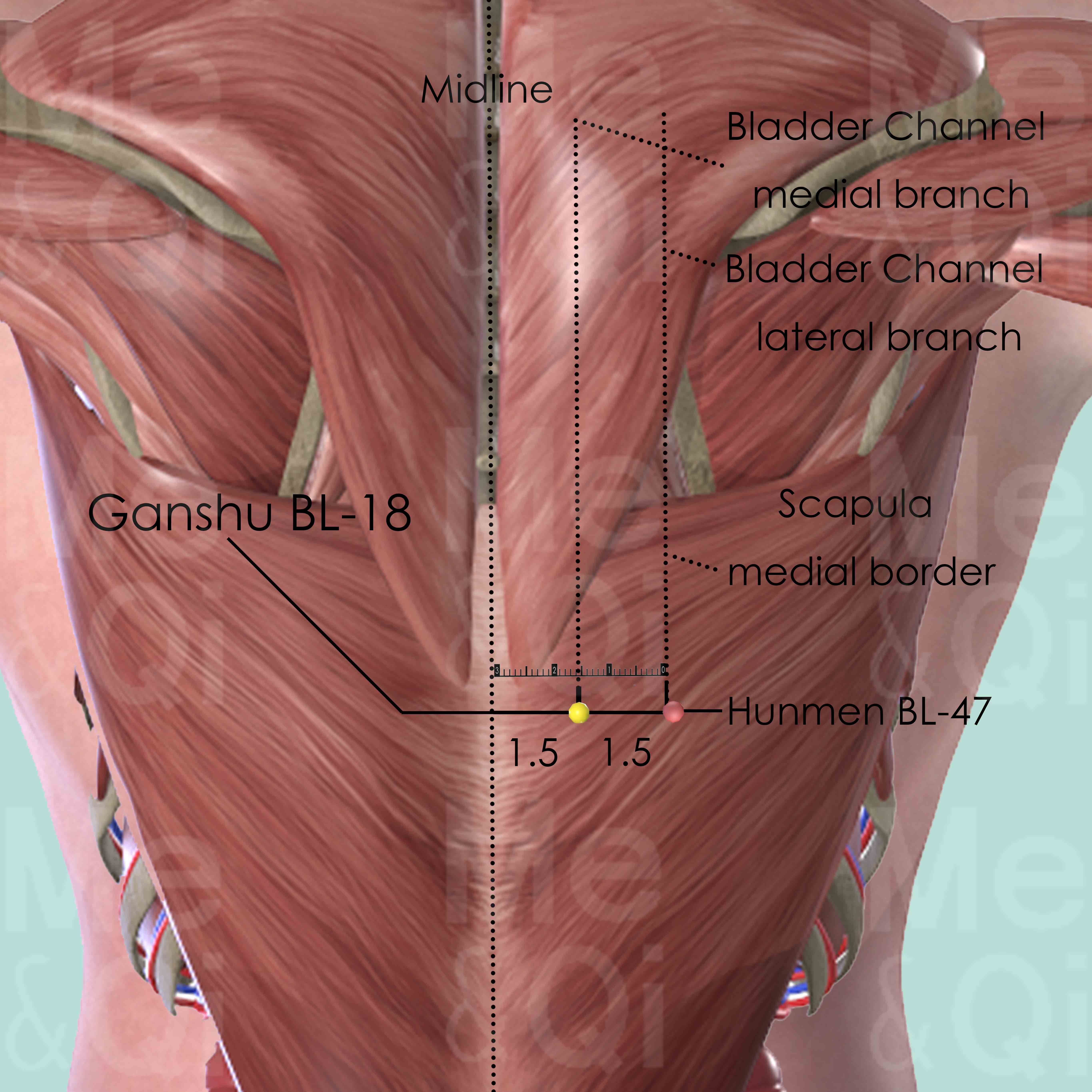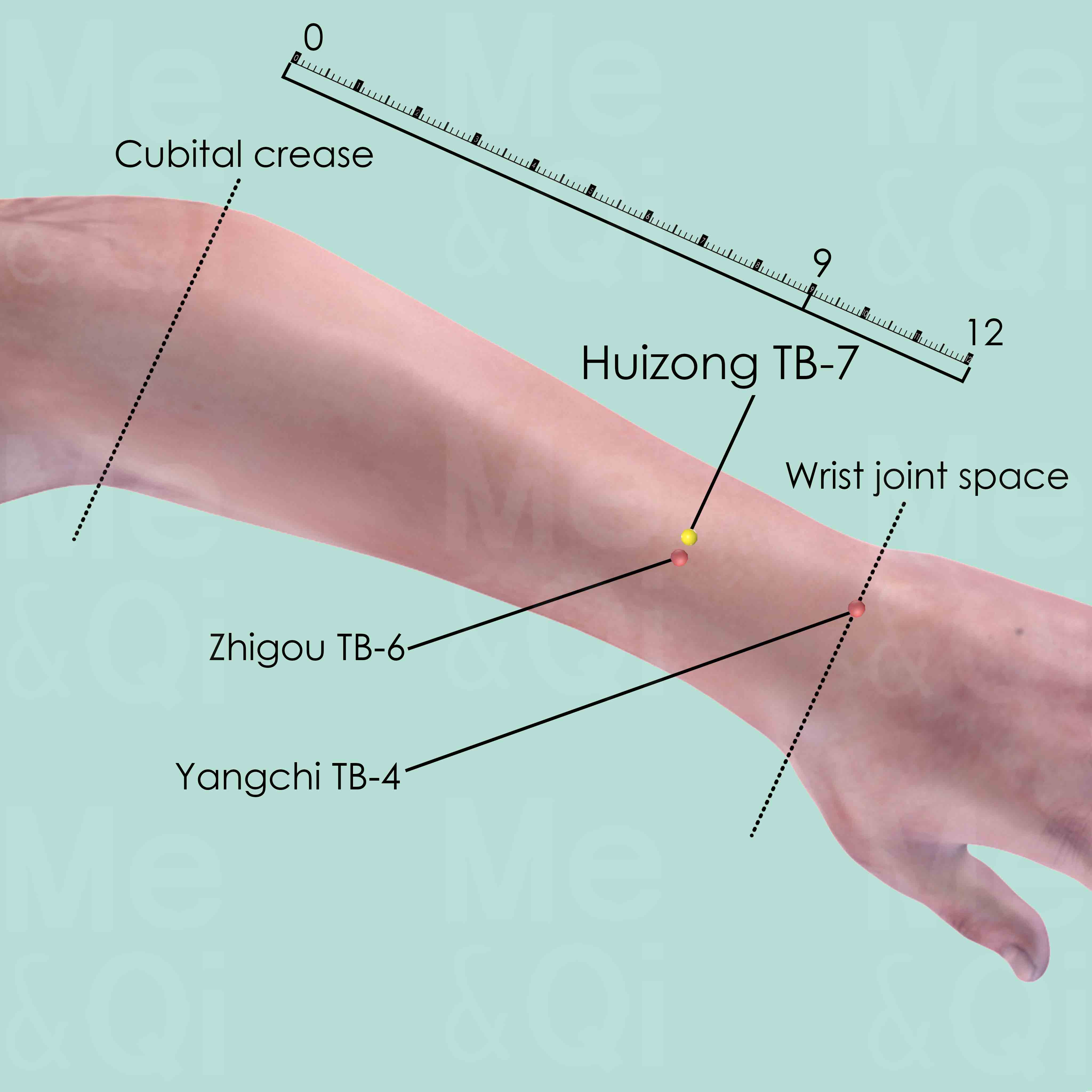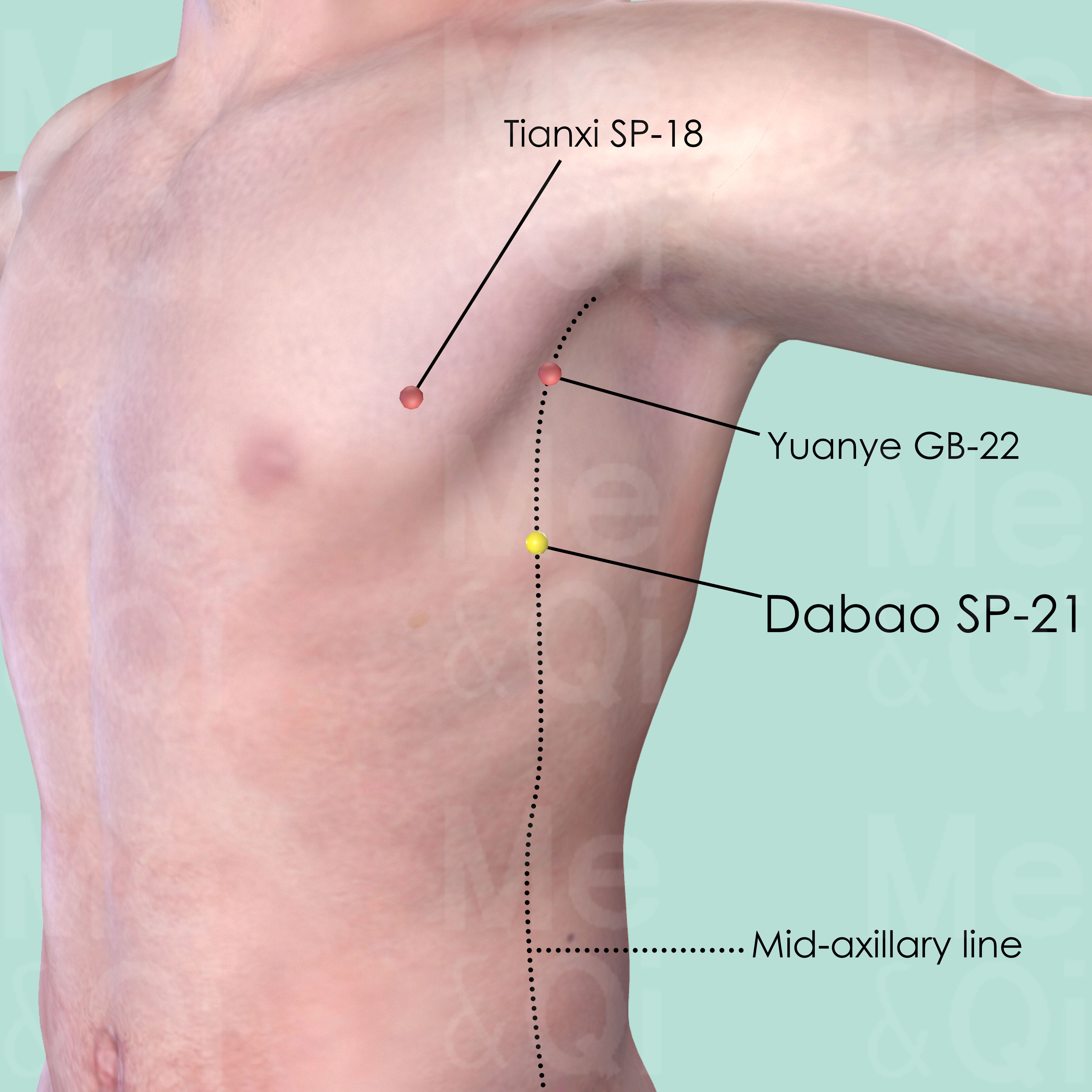Muscle Painaccording to TCM
Symptom families: General Body Pain and Discomfort, Muscle Pain, Disorders and Symptoms
What is Muscle Pain?
Muscle pain, also known as muscle soreness, refers to discomfort or tenderness in one or more muscles. It can range from mild to severe and may be localized to a specific muscle group or widespread throughout the body. Muscle pain can occur due to various reasons, including overexertion, injury, tension, or underlying medical conditions. It often presents as a dull ache, tightness, or stiffness in the affected muscles, and can sometimes be accompanied by swelling or restricted movement.
How Does TCM View Muscle Pain?
In Traditional Chinese Medicine (TCM), muscle pain is seen as a result of imbalances in the body's energy flow, particularly disruptions in the flow of Qi and Blood. Unlike Western medicine, which may attribute muscle pain to physical strain or injury, TCM considers it as a manifestation of underlying disharmony in the body's internal environment.
TCM practitioners believe that identifying the specific pattern of disharmony causing the symptoms is essential for effective treatment, as it allows for a tailored approach to address the root cause and restore balance.
Root Causes of Muscle Pain in TCM
Muscle pain in TCM can stem from various patterns of disharmony, including Phlegm accumulation and Wind invasion, both a type of Painful Obstruction pattern. Phlegm accumulation in the Channels, joints, and muscles can lead to symptoms such as muscle pain, joint stiffness, and arthralgia.
Wind invasion, characterized by symptoms like aversion to cold, fever, and headaches, can also manifest as muscle pain.
Explore below more details about what might cause Muscle pain according to TCM.
- By Syndrome
- Phlegm
- Wind
Phlegm
In TCM "Phlegm" as a pattern of disharmony is a complex concept that extends beyond the physical manifestation of mucus. It represents a pathological factor that can disrupt the flow of Qi (vital energy) and blood, leading to various health issues. Phlegm in TCM is seen as a sticky, turbid substance arising from the body's inability to metabolize fluids properly, often due to a dysfunction of the spleen. It's not only associated with respiratory problems like cough and congestion but also with systemic issues. Symptoms can include a feeling of heaviness, mental cloudiness, dizziness, and in some cases, the formation of lumps or masses. Phlegm can even be "invisible," contributing to emotional disturbances like depression or stress. ... see more
Phlegm Patterns That Can Lead to Muscle Pain
| Pattern Name | Relevant Symptoms | Relevant Formulas |
|---|---|---|
| Phlegm in the Channels joints and muscles | Muscle pain, Skin numbness, Skeletal deformities, Joint stiffness, Arthralgia | Shen Tong Zhu Yu Tang |
Wind
In TCM "Wind" is a concept that represents a pattern of disharmony, often characterized by its sudden and unpredictable nature, much like a gusty wind changing direction without warning. This pattern is associated with symptoms that come and go quickly or move around the body, such as itching, tremors, or even certain types of pain. Wind is considered to be a primary cause of illnesses that have these rapidly changing characteristics. In TCM, external Wind often refers to illnesses that start suddenly, like the common cold, believed to be caused by external pathogenic factors like climatic changes. On the other hand, internal Wind can be linked to internal imbalances and can manifest in conditions like dizziness or spasms. ... see more
Wind Patterns That Can Lead to Muscle Pain
| Pattern Name | Relevant Symptoms | Relevant Formulas |
|---|---|---|
| Exterior Wind | Muscle pain, Aversion to cold, Fever, Headaches, Anemophobia, Nasal discharge, Clear sputum, Itchy throat, Sneezing, Coughing, Itchy skin... see more | Chuan Xiong Cha Tiao San |
TCM Herbal Formulas for Muscle Pain
TCM offers specific formulas and herbs to address muscle pain based on the identified pattern of disharmony. For Phlegm accumulation patterns, Shen Tong Zhu Yu Tang is recommended to regulate Blood and invigorate the Blood. In cases of Wind invasion, Chuan Xiong Cha Tiao San can help dredge and disperse External Wind.
Additionally, for general patterns like Painful Obstruction, Wu Tou Tang may be used to warm the Meridians and disperse Cold, alleviating muscle pain. These herbal remedies work synergistically to restore balance and relieve muscle pain.
Explore below some TCM herbal formulas used to address muscle pain, organized by cause and by formula type.
- By Cause
- By Formula Type
- Phlegm
- Wind
- Formulas that dredge and disperse external wind
- Formulas that warm the meridians and disperse cold
- Formulas that dispel wind-Damp
- Formulas that regulate blood
Top Formula for Phlegm:
Shen Tong Zhu Yu Tang
Suitable for Phlegm patterns that may cause muscle pain, such as Phlegm in the Channels joints and muscles
Learn moreTop Formula for Wind:
Chuan Xiong Cha Tiao San
Suitable for Wind patterns that may cause muscle pain, such as Exterior Wind
Learn moreFormulas that dredge and disperse External Wind
These formulas are suitable for some muscle pain-causing patterns like Exterior Wind.
One such formula is Chuan Xiong Cha Tiao San, with szechuan lovage root as a key herb.
Other formulas of this category are listed in the table below.
All "formulas that dredge and disperse external wind" recommended for muscle pain
| Formula | Patterns Suitable For (if applicable) |
|---|---|
| Chuan Xiong Cha Tiao San | Exterior Wind |
| Xiao Huo Luo Dan | Painful Obstruction |
Formulas that warm the Meridians and disperse Cold
These formulas are suitable for some muscle pain-causing patterns like Painful Obstruction.
One such formula is Wu Tou Tang, with prepared sichuan aconite as a key herb.
Formulas that dispel Wind-Damp
These formulas are suitable for some muscle pain-causing patterns like Painful Obstruction.
One such formula is Da Fang Feng Tang, with saposhnikovia root as a key herb.
Formulas that regulate Blood
These formulas are suitable for some muscle pain-causing patterns like Phlegm in the Channels joints and muscles.
One such formula is Shen Tong Zhu Yu Tang, with peach kernel as a key herb.
Acupoints for Muscle Pain
Explore below some acupoints used to address muscle pain, organized by meridian.
- By Meridian
- Spleen Channel
- Bladder Channel
- Triple Burner Channel

Ganshu BL-18
1.5 cun lateral to the lower border of the spinous process of the 9th thoracic vertebra (T9).

Huizong ST-7
3 cun proximal to the dorsal wrist joint space and 0.5 cun ulnar to the forearm center.

